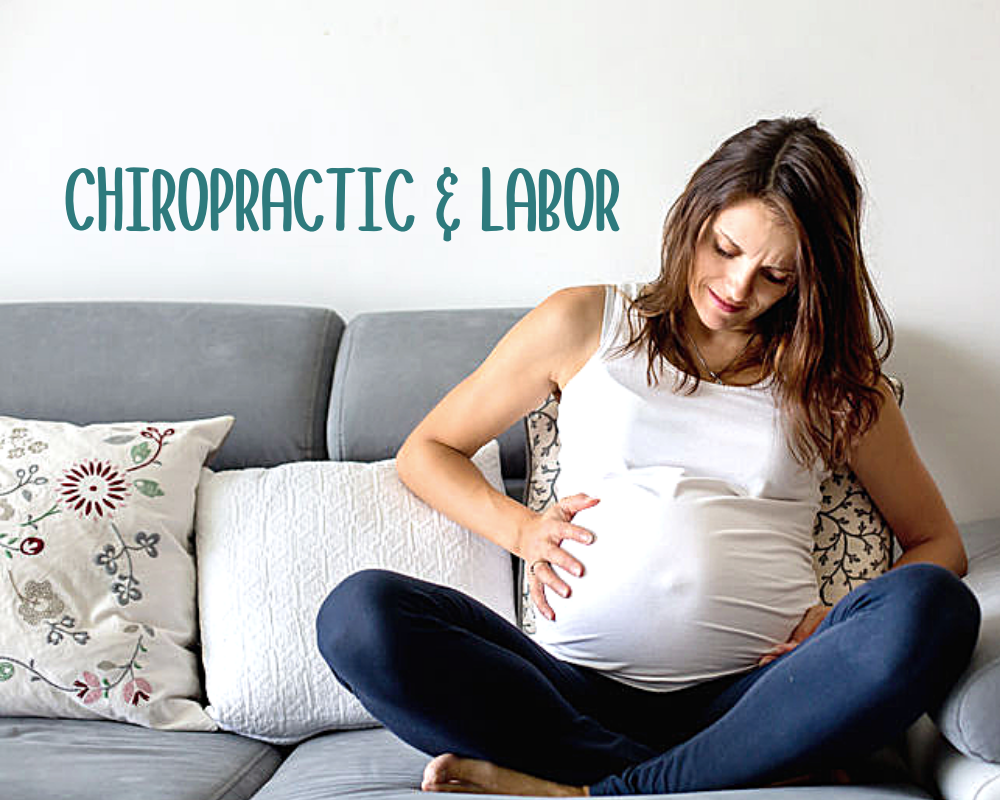A retrospective review of statistics reported that primigravida (pregnant for the first time) women who seek chiropractic care throughout gestation have, on average, a 25% shorter labor time! Multiparous women (meaning they have given birth at least once already) who seek chiropractic care throughout their pregnancy have, on average, 31% shorter labor times. (1,2)
As discussed in our post about the Webster Technique, one of the treatment goals of chiropractic during pregnancy is meant to reduce fascial restraint within the musculoskeletal structures of the pelvis to promote biomechanical balance. Chiropractic can help decrease tension in the pelvis so the baby is able to move more freely and get into the best possible position for birth! (3)
One recent study studied the change in tone of the pelvic floor musculature (specifically the levator hiatal area) after a chiropractic adjustment. This is the area that needs to be able to stretch during a vaginal delivery. The researchers saw that the area of the levator hiatal area was increased significantly after 1 adjustment, and this demonstrated a more relaxed state of the pelvic floor muscles. (The interesting thing with this study was that there was no change in muscle tone to the non-pregnant patients that were participants in this study, which says that this change in tone with chiropractic care may be pregnancy related only.) (4)
Research has shown that chiropractic care throughout pregnancy can be helpful at reducing pain symptoms throughout pregnancy. The authors on one study also noted that chiropractic care may significantly decrease the incidence of “back labor,” which can significantly increase pain and complications of labor and birth. The relative risk of experiencing back labor was almost 3 times greater (!) if back pain was experienced at all during the pregnancy. (5)
Sources:
1. J.M. Fallon. Textbook on chiropractic & pregnancy. Arlington, VA: International Chiropractic Association; 1994: 52, 109.
2. Fallon J.M. Chiropractic and pregnancy: a partnership for the future. ICA Int Rev Chiropr. 1990;46(6):39–42.
3. Ohm J. Chiropractors and midwives: a look at the Webster Technique. Midwifery Today. 2001;58:42.
4. Haavik H, Murphy BA, Kruger J. Effect of Spinal Manipulation on Pelvic Floor Functional Changes in Pregnant and Nonpregnant Women: A Preliminary Study. J Manipulative Physiol Ther.2016;39:339-347.
5. Diakow P.R.P., Gadsby T.A., Gadsby J.B., Gleddie J.G., Leprich D.J., Scales A.M. Back pain during pregnancy and labor. J Manipulative Physiol Ther. 1991;14(2):116–118.




 RSS Feed
RSS Feed
